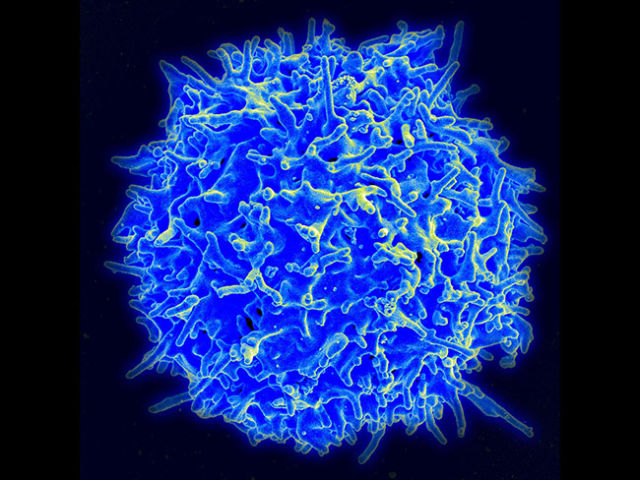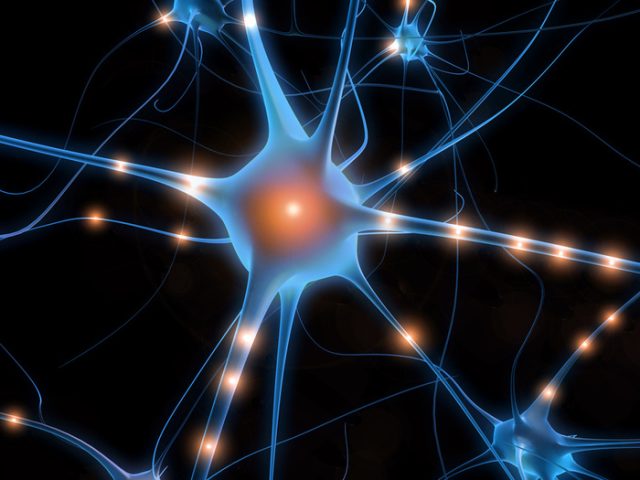Helminth parasitic infections are a major global health and social burden. The host defence against helminths such as Nippostrongylus brasiliensis is orchestrated by type 2 cell-mediated immunity. Induction of type 2 cytokines, including interleukins (IL) IL-4 and IL-13, induce goblet cell hyperplasia with mucus production, ultimately resulting in worm expulsion. However, the mechanisms underlying the initiation of type 2 responses remain incompletely understood. Here...
Tag Archives: cells
Keeping immune cells engineered to kill cancer from killing everything else

A T cell, the basis for immune therapies against cancer. (credit: NIAID)
One of the more exciting developments in cancer research involves tweaking the immune system to attack cancer. It's possible to engineer the immune system's T cells to attack and kill tumor cells based on the specific proteins those tumors produce. It's a relatively new anti-cancer therapy, but initial tests...
NANOG alone induces germ cells in primed epiblast in vitro by activation of enhancers
Nanog, a core pluripotency factor in the inner cell mass of blastocysts, is also expressed in unipotent primordial germ cells (PGCs) in mice, where its precise role is yet unclear. We investigated this in an in vitro model, in which naive pluripotent embryonic stem (ES) cells cultured in basic fibroblast growth factor (bFGF) and activin A develop as epiblast-like cells (EpiLCs) and gain competence for...
The functional diversity of retinal ganglion cells in the mouse
In the vertebrate visual system, all output of the retina is carried by retinal ganglion cells. Each type encodes distinct visual features in parallel for transmission to the brain. How many such ‘output channels’ exist and what each encodes are areas of intense debate. In the mouse, anatomical estimates range from 15 to 20 channels, and only a handful are functionally understood. By combining...
This startup wants to freeze your cells now to repair your body later

Regenerative medicine — the idea of generating new cells to replace damaged body tissues and organs — hasn’t gone mainstream yet. But miPS Labs says it’s never too early...
A mechanism for the suppression of homologous recombination in G1 cells
DNA repair by homologous recombination is highly suppressed in G1 cells to ensure that mitotic recombination occurs solely between sister chromatids. Although many homologous recombination factors are cell-cycle regulated, the identity of the events that are both necessary and sufficient to suppress recombination in G1 cells is unknown. Here we report that the cell cycle controls the interaction of BRCA1 with PALB2–BRCA2 to constrain...
Neutrophils support lung colonization of metastasis-initiating breast cancer cells
Despite progress in the development of drugs that efficiently target cancer cells, treatments for metastatic tumours are often ineffective. The now well-established ...
How nerve cells end up in the right place

(credit: UC Berkeley)
The human nervous system is a complex network of cells, all working together. The intense specialization of this network starts during development, when cells must talk to each other to carefully coordinate wiring up neural circuitry.
The wiring relies on the neural cells themselves. They have rounded cell bodies surrounded by short spines called dendrites, and longer...


